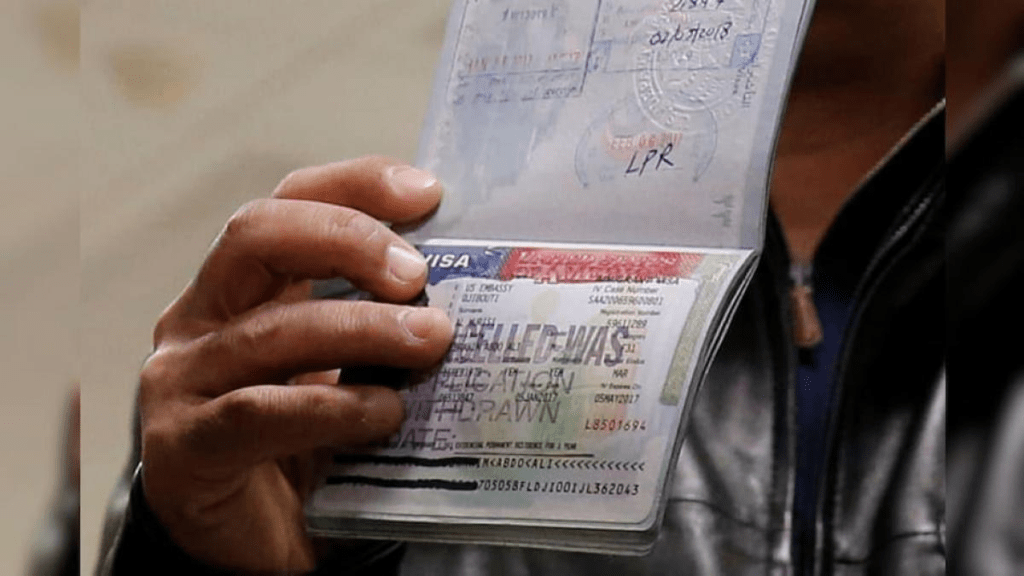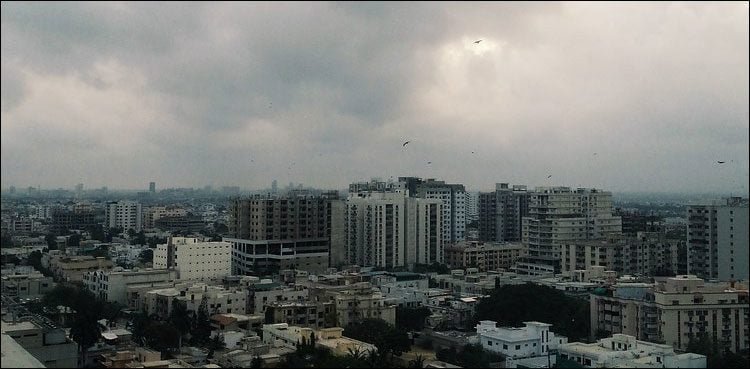
On 1 January, Romania and Bulgaria officially became full members of the Schengen Area after the removal of internal land border checks. This change follows the earlier lifting of air and sea border controls between Bulgaria, Romania, and other Schengen countries, which took effect on 31 March 2024. The inclusion of both countries in the Schengen Area is expected to enhance travel, trade, and tourism, while also strengthening the internal market.
Background
The European Commission first confirmed that Romania and Bulgaria met the necessary requirements for Schengen membership in 2011. Since then, both countries have consistently demonstrated their readiness to join, fulfilling the necessary conditions for membership.
Schengen Area
The Schengen Area is the world’s largest region of free movement, security, and justice without internal borders. It ensures that over 450 million EU citizens, as well as non-EU nationals residing in or visiting the EU for purposes such as tourism, business, or study, can move freely within the area.
The Schengen concept was born on 14 June 1985 with the signing of the Schengen Agreement aboard the riverboat Princesse Marie-Astrid on the Moselle River, near Luxembourg, Germany, and France. The agreement was signed by Belgium, France, Germany, Luxembourg, and the Netherlands.
As part of the European Union’s progress, the Schengen Area was expanded. The right to free movement within the EU was established in 1992, laying the groundwork for a shared European space. In 1997, the EU framework incorporated all Schengen rules, and in 2007, the EU took further steps to create an “area of freedom, security, and justice without internal borders.” This shared commitment to free movement has fostered an unprecedented level of mutual trust among neighboring countries, allowing them to remove internal border controls and work together to manage shared responsibilities.
Today, the EU consists of 27 Member States, with 26 of them (all except Ireland) fully participating in Schengen cooperation. Additionally, four non-EU countries— Iceland, Norway, Switzerland, and Liechtenstein— are also part of the Schengen Area.
Schengen is not only about unrestricted travel. It involves coordination between Schengen States and third countries to enhance security and manage migration. Member countries collaborate on a common visa policy, joint police operations, and real-time information sharing among law enforcement agencies. Harmonized procedures are in place to handle individuals who are not legally allowed to stay within the Schengen Area. Advanced technologies, such as the Schengen Information System (SIS), play a crucial role in border management and security, while also safeguarding fundamental rights, including data protection.


















